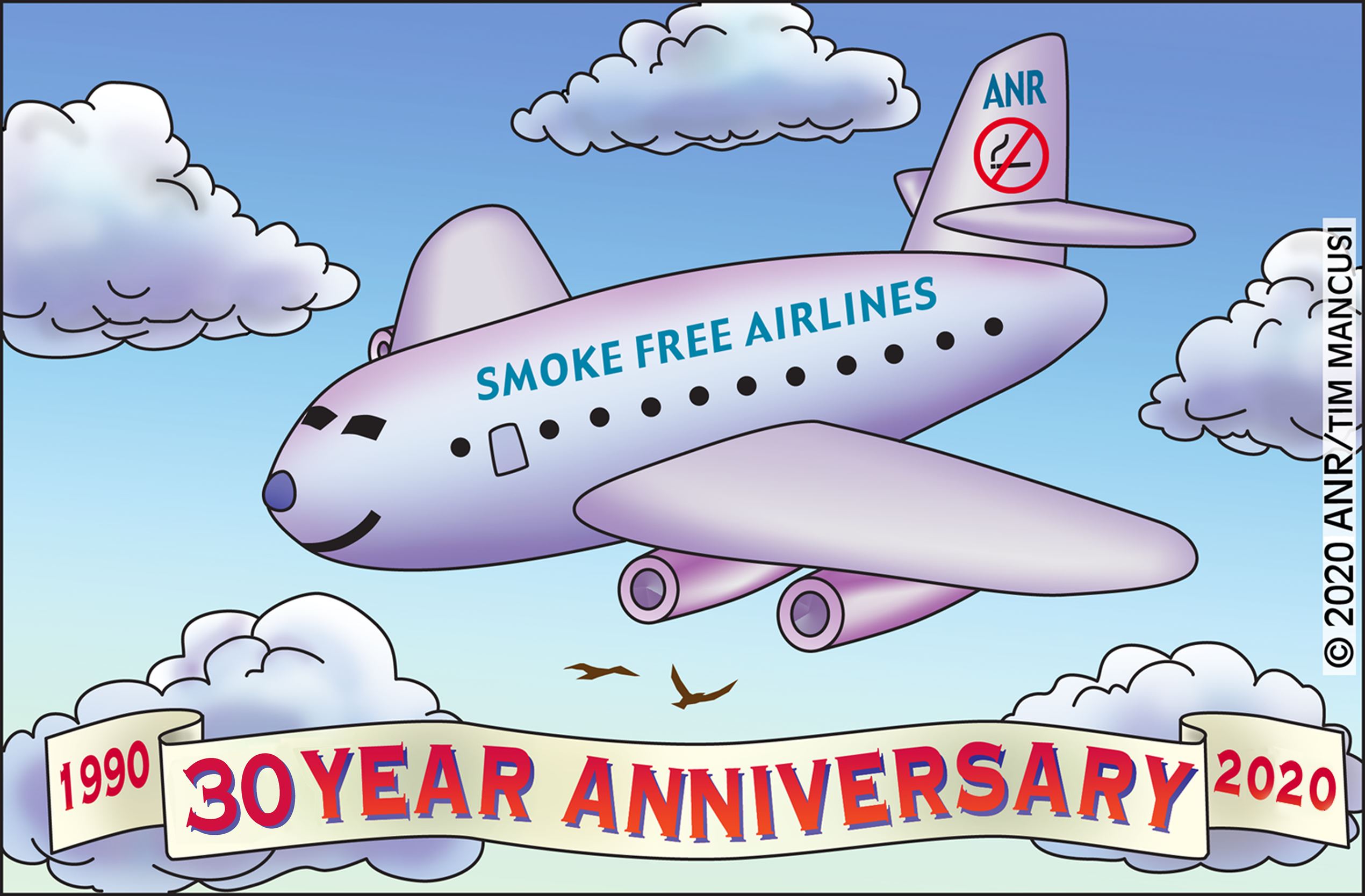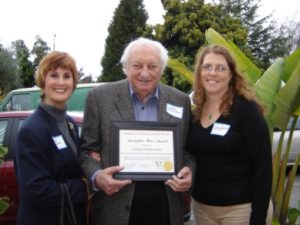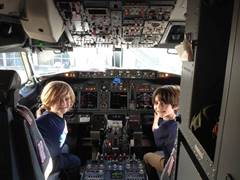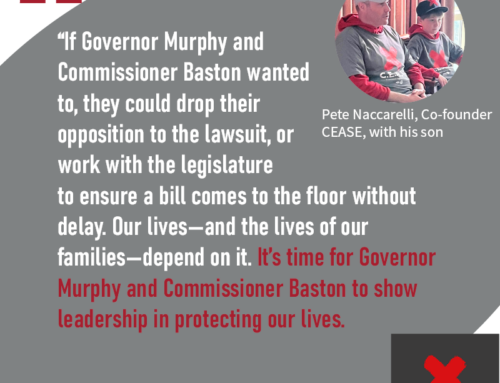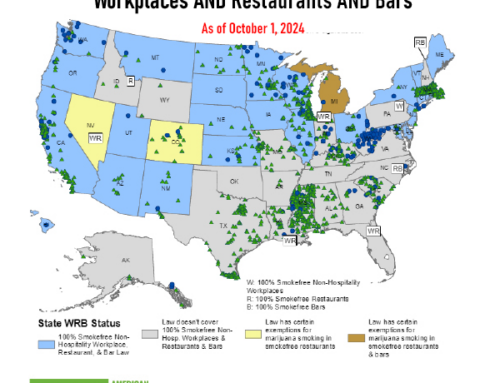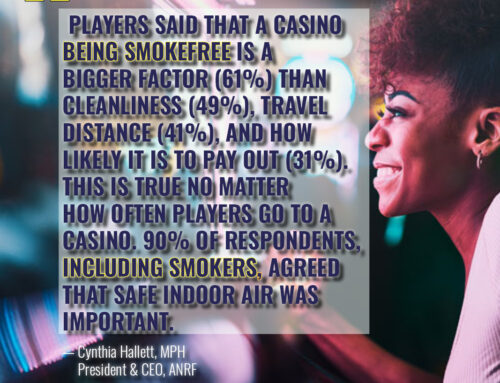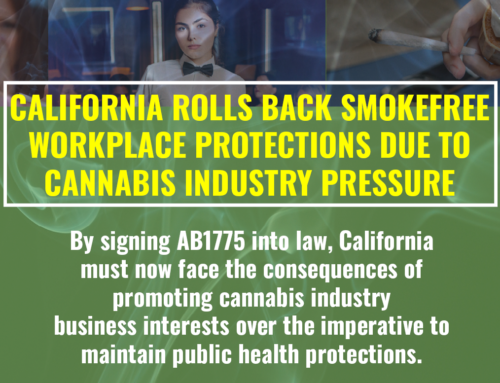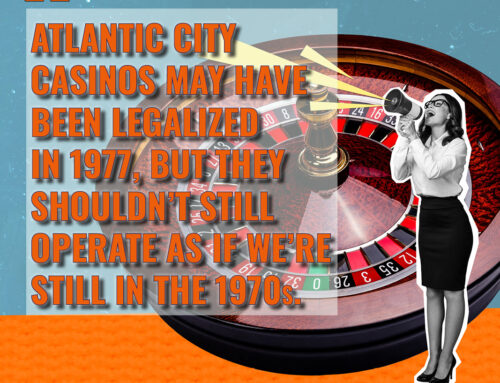SMOKEFREE AIRPLANES: THEY SAID IT WOULD NEVER HAPPEN
On February 25, 1990, Congress made permanent the policy to eliminate smoking on U.S. domestic airline cabins–for the health of flight attendants and passengers. Travelers and flight attendants could finally take a deep breath of clean smokefree air inside the aircraft. This decision eventually led to smokefree air on all flights to and from the U.S. and to smokefree policies for airlines worldwide. Flight attendants like Patty Young initiated efforts for smokefree air travel in the 1960s and intensified lobbying efforts in the 1980s with help from ANR.
February 25, 2020, marks the 30 year anniversary of this important public health achievement made possible by a broad coalition of health groups, legislative champions Senator Lautenberg and Senator Durbin (then Rep. Durbin), and tenacious flight attendants who were willing to speak up publicly for their right to breathe. See Senator Durbin’s remarks on the 25th anniversary.
Flight attendants and other airplane crew members were regularly subjected to toxic secondhand smoke. Hear what veteran flight attendants have to say about working on smoke-filled flights then and their smokefree workplaces now. Watch Patty Young, one of the early voices in the fight, describe what it was like to work in a smoke-filled airplane.
“Our flight attendant fight was a long and difficult road that resulted in many sicknesses, diseases, deaths, and disabilities for our flight attendants.” —Patty Young
We can’t help but note: Patty’s impassioned speech about her right to smokefree air still applies today for many classes of workers in hospitality workplaces that are left behind. We fought for years in an uphill battle to protect the health of flight attendants and passengers, and today we remain committed to smokefree advocacy, to close the gaps in smokefree protections for musicians, casino workers, bar and hospitality staff who still work in smoke-filled environments. While we have much to celebrate, there is still more work ahead of us.
We want to close the gaps in smokefree protections for ALL workers!
Why Aren’t All Workers Protected?
The tobacco industry works tirelessly to prevent state and local smokefree protections. Their arguments and strategies remain the same. Big Tobacco hasn’t gone away.
The tobacco industry maintains that smoking sections inside a building like a casino, or smoking rooms in a hotel, are a way to control smoke. We know that smoking sections do not protect people from the health hazards of secondhand smoke. Smoke drifts and ventilation doesn’t remove toxins. There is no HVAC system that can remove the cancer causing elements in secondhand smoke or vapor from an e-cigarette.
Everyone has to breathe at work! We all need clean indoor air to be healthy.
Do you remember what it was like to travel on an airplane filled with cigarette smoke? Let us know about your experiences.
30 YEARS OF SMOKEFREE AIRPLANES: REMEMBER THE SMOKE?
30 YEARS OF SMOKEFREE AIRPLANES: WHAT WAS IT LIKE TO WORK IN SECONDHAND SMOKE?
PATTY YOUNG SPEECH FOR ENDING SECONDHAND SMOKE ON AIRPLANES
View our Airports page and our Smoking Policies in the 35 Busiest U.S. Airports list for further information!
PETE HANAUER, BERKELEY, CA, PASSENGER
I remember when…there was unlimited smoking on planes and I was seated next to a chain smoker for a 3-4 hour flight. I also remember when the smoking section used to be in the front of the plane, so that all the smoke drifted back into the “nonsmoking” section. Worse yet, sometimes the “nonsmoking” section was sandwiched between two smoking sections. And I remember when you had to get to the airport extra early to make sure you got a seat in the “nonsmoking” section, which some airlines would not expand to meet customer requests.PATTY YOUNG, TX, FORMER FLIGHT ATTENDANT
I will be forever grateful to ANR for their comprehensive and generous support over decades to help the flight attendants get smoking off of all flights. I started and led the fight to ban smoking in the summer of 1966 when I became a stewardess. I immediately was told by my many of my non-smoking co-workers that their doctors had told them that they had the lungs of smokers. These statements and the gargantuan amount of tobacco smoke on every flight that we were breathing in made it obvious to me that things were dangerous and suffocating in our workplace and that something had to be done about it. Our flight attendant fight to ban smoking was a long and difficult road that resulted in many sicknesses, diseases, deaths and disabilities for our flight attendants. But on the positive side, our fight also led to the modern day worldwide non-smoking movement. Thank you from the bottom of my heart ANR for being there and knowing what it was that we were suffering from and for going to great lengths for us and the passengers to help make smoke-free flying.LORI ANDREWS, CA, FORMER FLIGHT ATTENDANT
My name is Lori Andrews and I have been a flight attendant with American Airlines for 30 years. 27 years ago, I joined ANR in the fight against big tobacco. I spent a week in Washington D.C. with ANR and an amazing group of fellow flight attendants (notably Patty Young) meeting with law-makers and submitting testimony on the effects of 2ndhand smoke on airline personnel. It seemed like an uphill battle, but we triumphed. It will always be one of the most rewarding experiences of my life. Thank you, ANR, for supporting us on our fight to work in a smokefree environment.
 CALIFORNIA HELPED LEAD THE WAY
CALIFORNIA HELPED LEAD THE WAY
The federal law for smokefree airplanes was preceded by a 1987 California law sponsored by then Senator Nicholas (Nick) Petris. The law made all in-state flights in California smokefree (i.e. flying from San Francisco to San Diego). This showed that this was possible and helped move the Federal effort forward.
ANR presented CA Senator Petris with its Smokefree Hero Award for his sponsorship of the landmark smokefree transportation legislation.
SMOKEFREE SKIES — FOR HEALTH OF FLIGHT CREWS FOR GENERATIONS TO COME
 THE AIRLINE SMOKING BAN: FROM LOCAL SUCCESS TO A NATIONAL MOVEMENT
THE AIRLINE SMOKING BAN: FROM LOCAL SUCCESS TO A NATIONAL MOVEMENT
Grassroots Change has created case study on how grassroots advocates defeated the tobacco industry and passed federal legislation mandating smokefree airline flights… and permanently changed society in the process.

